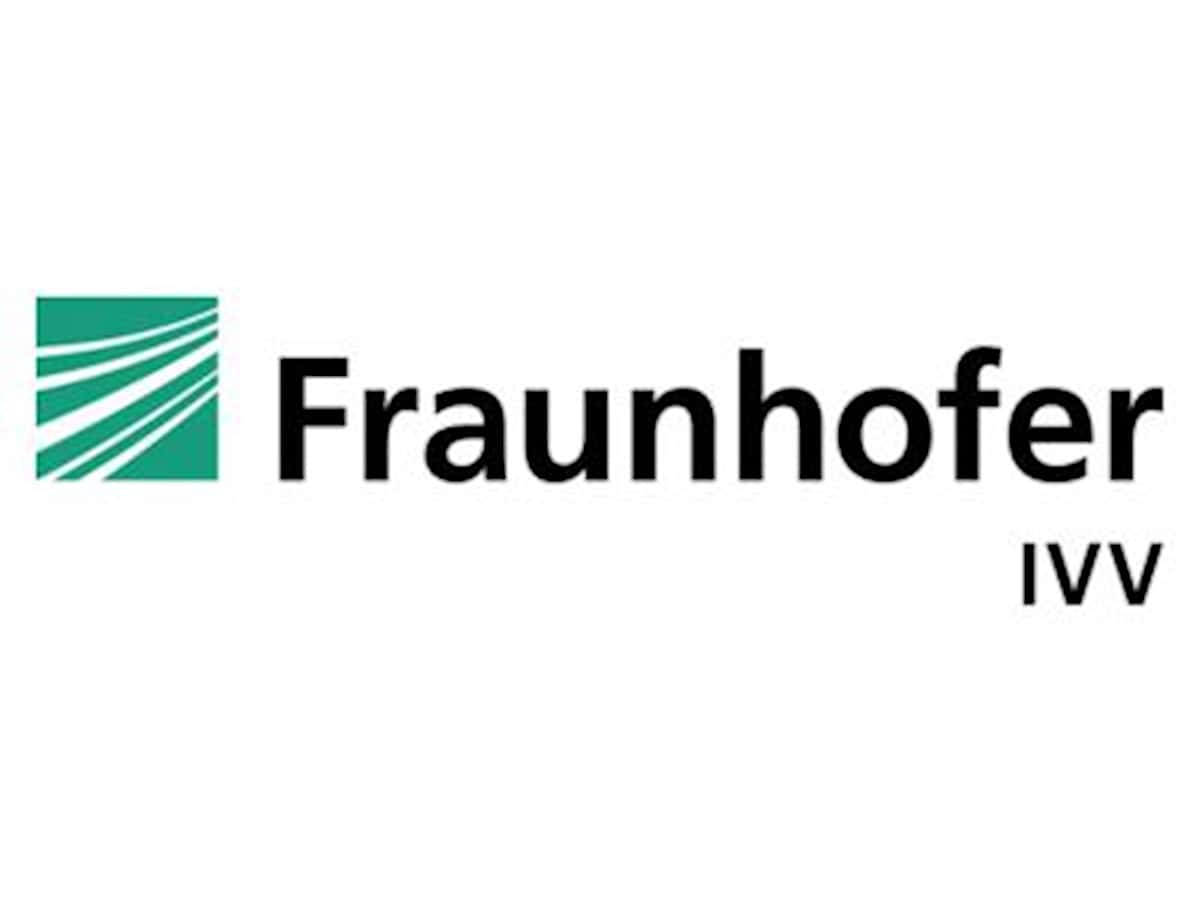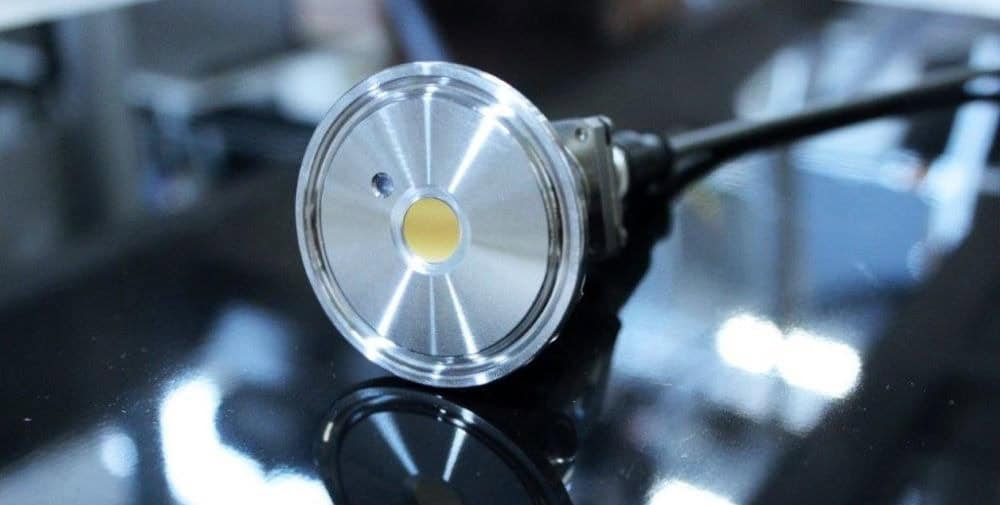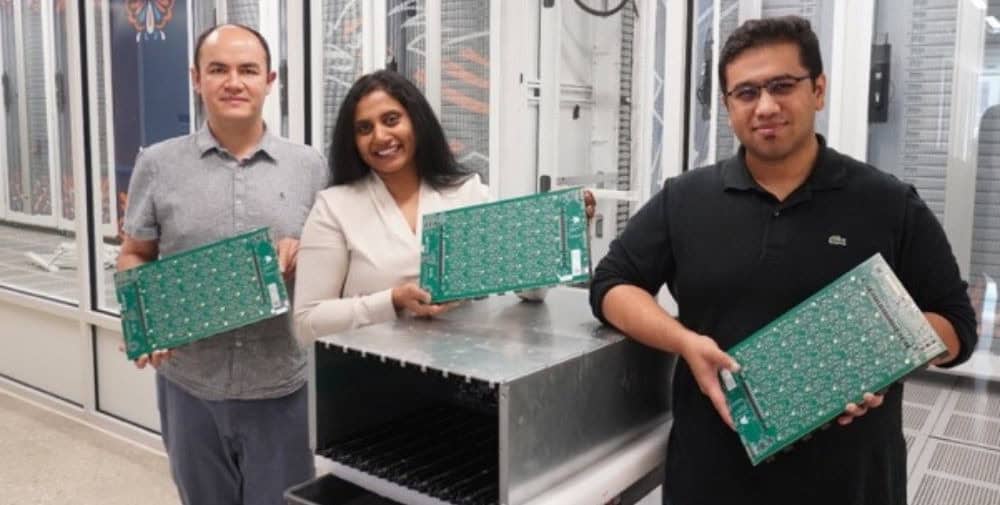
The key to this is knowing when, where and how much contamination is present and carrying out a precisely adapted cleaning process based on this.
In this way, cost-intensive safety buffers during cleaning can be reduced without compromising on product safety, significantly saving valuable resources and minimizing downtimes.
All three solutions can be integrated into existing plants and systems with minimal effort.
“CoControl-FouliQ”
Predictively detect fouling in heat exchangers – increase safety and efficiency
High protein = high cleaning effort?
The AI-supported monitoring system “CoControl-FouliQ” makes it possible to detect fouling in advance during the production process. This makes it particularly suitable for the production process of high-protein products that are currently in high demand, such as yoghurt drinks or mixed milk drinks.
These pose a particular challenge for dairy companies, as their high protein content significantly increases the risk of deposits – this makes process control more difficult, increases the risk of microbial contamination and thus leads to more frequent cleaning and the associated higher use of resources and longer downtimes.
“CoControl-FouliQ” consists of clamp-on temperature sensors, a compact computer unit integrated into a hygienically designed control cabinet and a specially trained machine learning model for data evaluation and fouling prediction.
The system uses the real-time data from the sensors at the inlet and outlet of the heat exchanger and evaluates it using the machine learning model. Temperature curves serve as an indicator for incipient deposits, making it possible to plan cleanings efficiently and in line with demand rather than at fixed intervals.
By planning cleanings in line with demand, the system not only helps to conserve resources and optimize system availability, but also increases product safety by ensuring reliable and consistent process control.
“AJCsens”
50% less cleaning time – 100% safety and control in tank cleaning
With the “AJCsens”, the Fraunhofer IVV presents a smart spray cleaning system for demand-oriented tank cleaning, which offers a forward-looking answer to the constantly increasing time and resource pressure due to its enormous savings potential.
The highly compact OnBoard contamination sensor system of the target jet cleaner allows permanent inline monitoring of the cleanliness status and, for the first time, direct detection of the contamination status on the inner tank surfaces. In combination with the option of specifically adapting the cleaning and movement paths to the tank geometry and the typical contamination patterns to be expected, it is possible to carry out cleaning as required and thus save over 50% of the cleaning time.
The cleaning system combines a motor-driven target jet cleaner that can be freely controlled in two axes with a highly compact and robust contamination sensor in a hygienic design housing and intelligent software.
The optical hybrid contamination sensor primarily detects contamination on the system surfaces using fluorescence methods (UV light) or white light.
The potential of the technology solution has already been demonstrated in a case study at a well-known dairy company and will also be presented at drinktec in a lecture.
“CoControl-QCM”
Reliable inline cleaning monitoring for pipelines
Up to now, cleaning monitoring of closed pipeline systems has mainly taken place in the product or cleaning medium, but not where the immediate contamination is actually located: directly on the pipe wall. The “CoControl-QCM” was developed to determine directly when the cleaning process has actually been successfully completed.
The oscillating quartz-based sensor solution enables reliable inline detection of a wide range of contaminants, such as product deposits, biofilms and crystalline fouling. The sensor can also be used to detect product changes or different cleaning agents or phase changes, as the attenuation behavior of the fluid above the sensor changes due to viscosity. The highly compact sensor works according to the reverse piezoelectric effect and detects even extremely thin, optically undetectable layers of dirt.
With the help of a special evaluation algorithm, it is possible for the first time to directly measure the contamination status during the fouling and cleaning processes based on the changes in the natural frequency of the oscillating quartz and to draw reliable conclusions about the cleaning success and actual cleaning requirements. The highly complex sensor can be integrated into existing systems with little effort.
Contact
Max Hesse
Chief Engineer Processing and Cleaning Systems
Phone +49 351 43614-53
max.hesse@ivv-dd.fraunhofer.de
– – – – – –
Further links
👉 www.ivv.fraunhofer.de
Photo: Fraunhofer IVV




